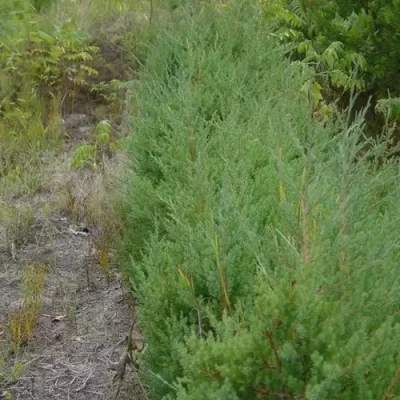
Michigan’s natural beauty extends far beyond its picturesque landscapes and scenic lakeshores. The state is also home to a diverse array of bird species and butterflies, making it an ideal destination for nature enthusiasts and wildlife lovers. If you’re looking to create a vibrant wildlife haven right in your own backyard, incorporating trees and shrubs that attract birds and butterflies is a wonderful place to start.
Understanding the Importance of Native Species
When it comes to attracting birds and butterflies, native trees and shrubs play a vital role. Native plants have co-evolved with local wildlife over thousands of years, providing them with food, shelter, and nesting opportunities. By incorporating native species into your garden, you can ensure a more symbiotic relationship between plants and wildlife.
Bird-Friendly Trees and Shrubs
- a) Eastern Red Cedar (Juniperus virginiana): This evergreen tree offers year-round shelter and is a favorite among birds like the Cedar Waxwing and the Eastern Bluebird. It also produces blue, berry-like cones that provide a valuable food source during winter.
- b) Serviceberry (Amelanchier spp.): Known for its delicate white flowers in spring and colorful berries in summer, the Serviceberry attracts various bird species, including orioles, thrushes, and robins.
- c) American Elderberry (Sambucus canadensis): This shrub bears clusters of white flowers that turn into dark purple berries, attracting birds such as finches, cardinals, and bluebirds.
Butterfly-Friendly Trees and Shrubs
- a) Butterfly Bush (Buddleja davidii): With its vibrant blooms and sweet fragrance, the Butterfly Bush attracts a wide range of butterfly species, including Swallowtails, Monarchs, and Painted Ladies.
- b) Red Osier Dogwood (Cornus sericea): This shrub provides both nectar-rich flowers and berries loved by butterflies like the Red Admiral and Mourning Cloak. Its vibrant red stems also add a touch of winter interest.
- c) Joe-Pye Weed (Eutrochium spp.): With its large, showy flower heads, Joe-Pye Weed attracts various butterflies, including the Eastern Tiger Swallowtail and the Great Spangled Fritillary.
Creating a Welcoming Habitat
To further enhance your garden’s appeal to birds and butterflies, consider incorporating the following elements:
- Freshwater sources like birdbaths or shallow water features for drinking and bathing.
- Birdhouses, nesting boxes, or dense shrubs for shelter and nesting.
- Providing diverse layers of vegetation, including taller trees, understory shrubs, and ground covers, to offer different feeding and resting areas.
Sustainable Garden Practices
Maintaining an eco-friendly garden is essential for supporting wildlife. Consider the following practices:
- Avoiding chemical pesticides and opting for natural pest control methods.
- Mulching to retain soil moisture and suppress weeds.
- Allowing fallen leaves and plant debris to provide natural habitat and food sources.
By incorporating bird and butterfly-friendly trees and shrubs, you can transform your Michigan garden into a haven for these beautiful creatures. Not only will you enjoy the sight and sounds of vibrant birdlife and colorful butterflies, but you’ll also contribute to the conservation of Michigan’s unique wildlife.
Contact Cold Stream Farm at (231) 464-5809 today or visit us online for more information on how we can help you pick out trees and shrubs for your landscape!



